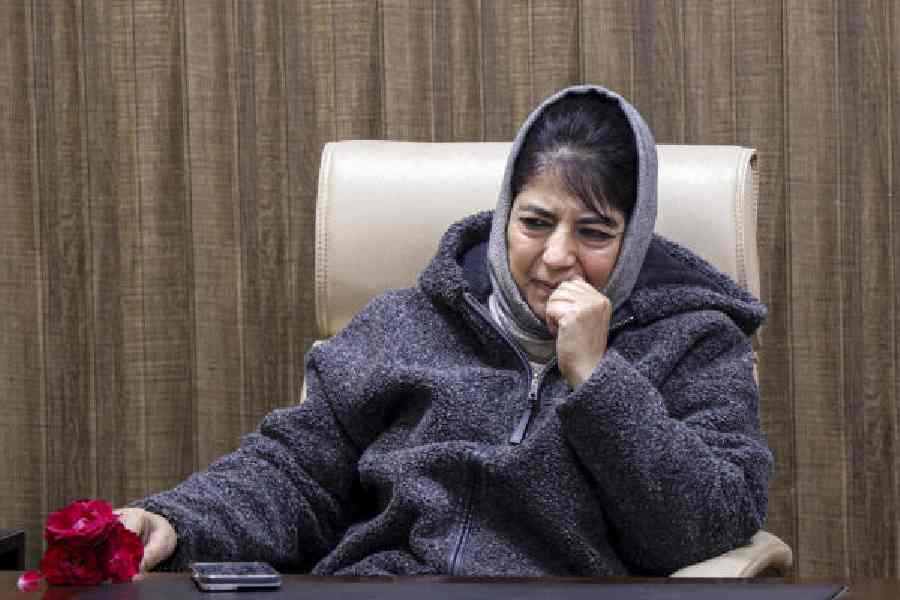 |
| The Great Indian Bustard |
New Delhi, April 25: The first-ever genetic study of the Great Indian Bustard has revealed that this ground bird has the least genetic diversity among several endangered species and is in greater trouble than hitherto believed.
The study by scientists at the Wildlife Institute of India (WII), Dehra Dun, has indicated that all of the estimated less than 400 Great Indian Bustards thought to be scattered across six Indian states are descendants from a small flock of no more than a few tens of birds.
“This is like finding members of the same family across a large geographical area — the problem is we don’t have Great Indian Bustards outside this family,” said Yadvendradev Jhala, a senior conservation biologist at the WII who led the study.
A low genetic diversity in a population increases its vulnerability to ecological threats. The higher the genetic diversity within a species, the greater is the chance that it can adapt to challenges — whether diseases or habitat changes.
Conservation scientists estimate that India has lost more than 80 per cent of its Great Indian Bustards over the past 30 years. While the bird is legally protected in India with severe penalties for killing it, loss of habitat from agriculture and development are key threats the birds continue to face.
“The low genetic diversity makes conservation efforts even tougher,” Jhala said.
The WII scientists analysed genetic material from 78 samples of eggshells, feathers, or faeces of the bird from sites in Gujarat, Rajasthan, Maharashtra, Madhya Pradesh and Andhra Pradesh.
Their results, published in the journal Conservation Genetics, show extremely low genetic variability within the birds which the researchers believe has resulted from a precipitous fall in population — something that ecologists call a “bottleneck event”.
This historical drop in population appears to have resulted in a small group of a few tens or up to about 100 birds, Jhala said. “What (the Great Indian Bustards) we see today appear to share ancestry with those survivors.”
The study was unable to determine the exact timing of the historical population decline, but has indicated that it could have occurred sometime between 20,000 years and 40,000 years ago. The scientists speculate that it could have been caused by climatic changes.
The extremely low genetic diversity observed among Great Indian Bustards now places them in the same category as cheetahs, Asiatic lions or Florida panthers — all of which also show low genetic diversity in their remaining populations.
The Great Indian Bustard has lower diversity than any of these other species, Jhala said. Some conservation scientists believe that under the current pace of pressures, the Great Indian Bustard could go extinct within the next 15 years or 20 years.
The WII scientists have said the findings justify a change in the threat status assigned by the International Union for Conservation of Nature to the Great Indian Bustard from the current “endangered” to “critically endangered”.
Such a change in its threat status could stimulate intensified conservation efforts. The researchers have suggested programmes to conserve the birds’ habitats and the launch of conservation breeding to prevent extinction.










